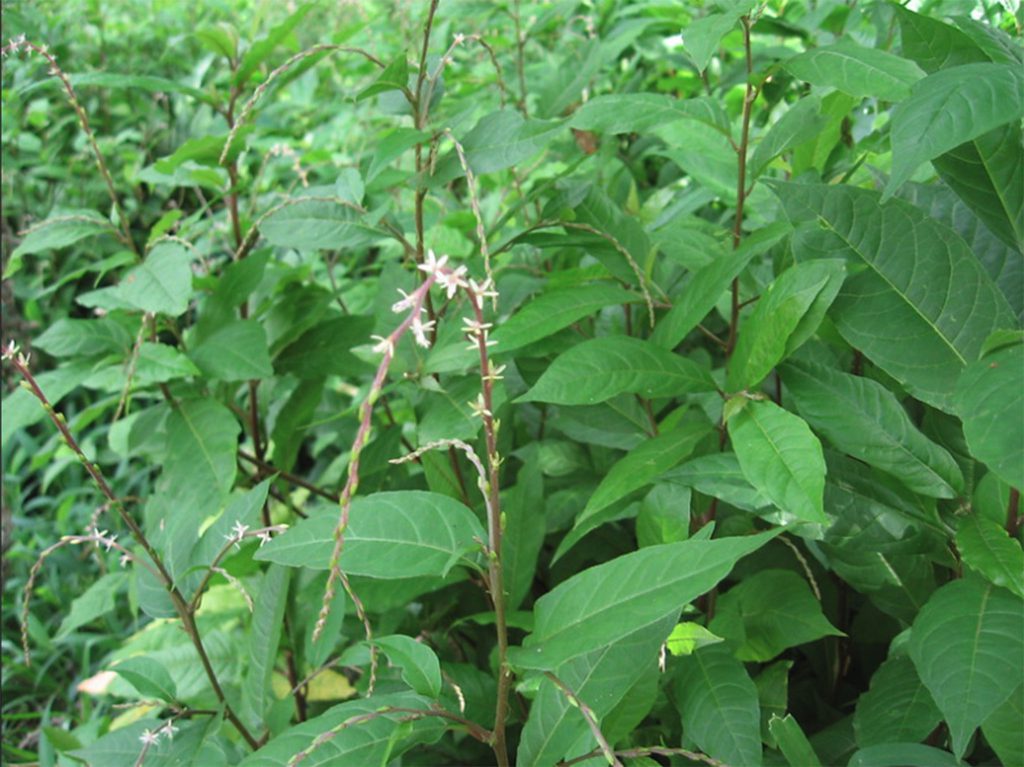Scientific name: Petiveria alliacea
Other common names: Anamu, Tipi, Mucura, Apacin, Guine, Guinea hen weed, Gully Root
Congo Root is a versatile plant with a long history of traditional use. Its medicinal properties, insect repellent qualities, and cultural significance make it a valuable plant in both traditional and modern contexts.
Congo Root, is native to Tropical America and the Caribbean. It belongs to the Piperaceae family, which also includes the well-known culinary plant Piper nigrum (black pepper). Petiveria alliacea is known for its diverse uses in traditional medicine and agriculture.

Congo Root is a perennial shrub that can reach up to 4 meters in height. It features slender, reddish stems and glossy, heart-shaped leaves. The plant produces small, white flowers followed by clusters of small, round fruits. The roots of Petiveria alliacea are highly esteemed for their medicinal properties.
Recently, there has been a growing interest in the commercial applications of Petiveria alliacea. The plant’s extracts have demonstrated potential as natural insecticides, especially in organic agriculture. Research has also indicated that Congo Root extracts could be used in the pharmaceutical industry due to their medicinal properties.
Apart from its medicinal and agricultural uses, Petiveria alliacea holds cultural significance in numerous indigenous communities. It is frequently utilized in rituals and ceremonies and is valued for its spiritual attributes
Medicinal Uses:
In traditional medicine, Congo Root is used to treat a variety of ailments. The roots are known for their anti-inflammatory, antimicrobial, and analgesic properties. They are often used to treat skin infections, respiratory issues, and digestive problems. Additionally, Congo Root is used as an insect repellent, with the plant’s extracts being effective against mosquitoes, flies, and other pests.